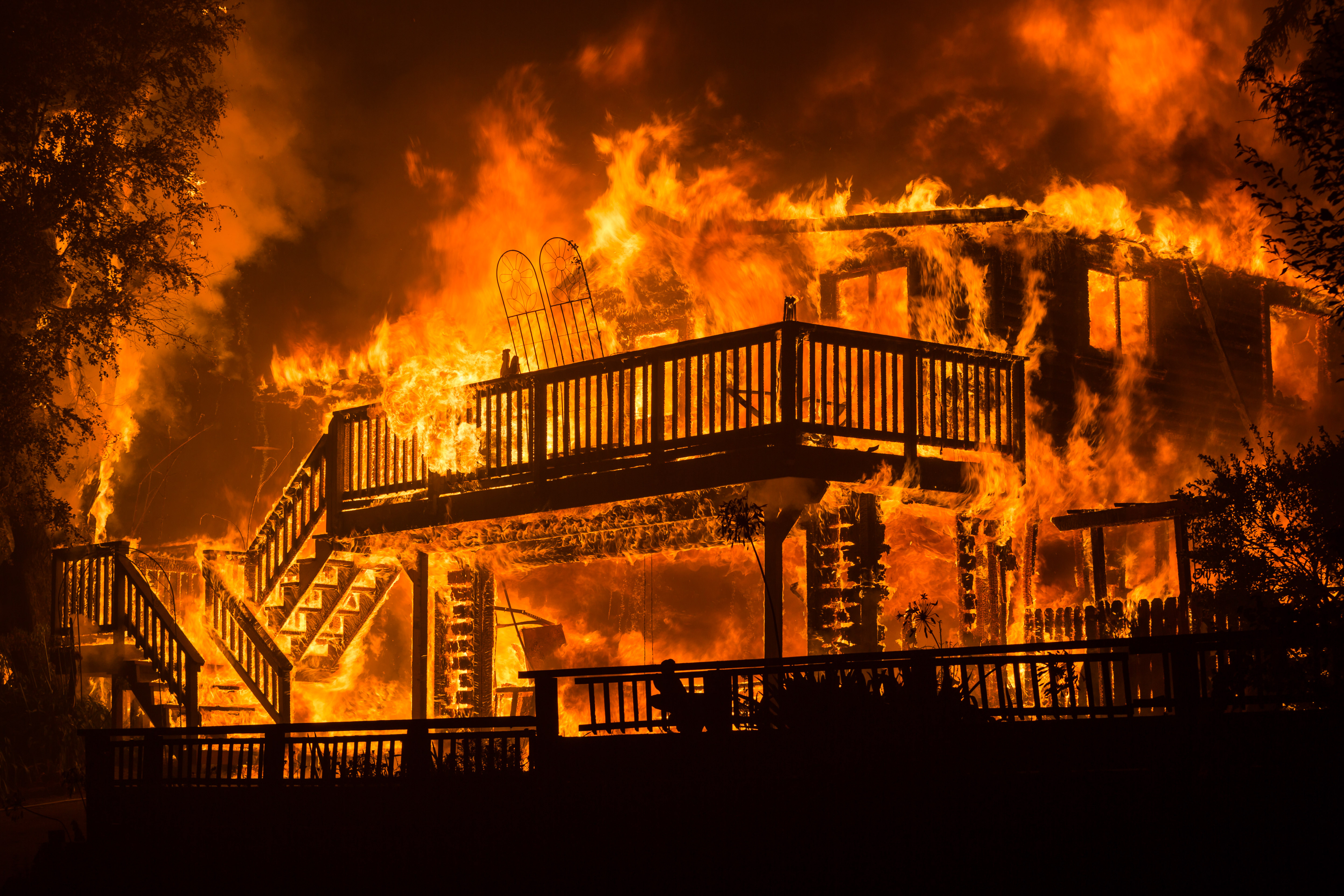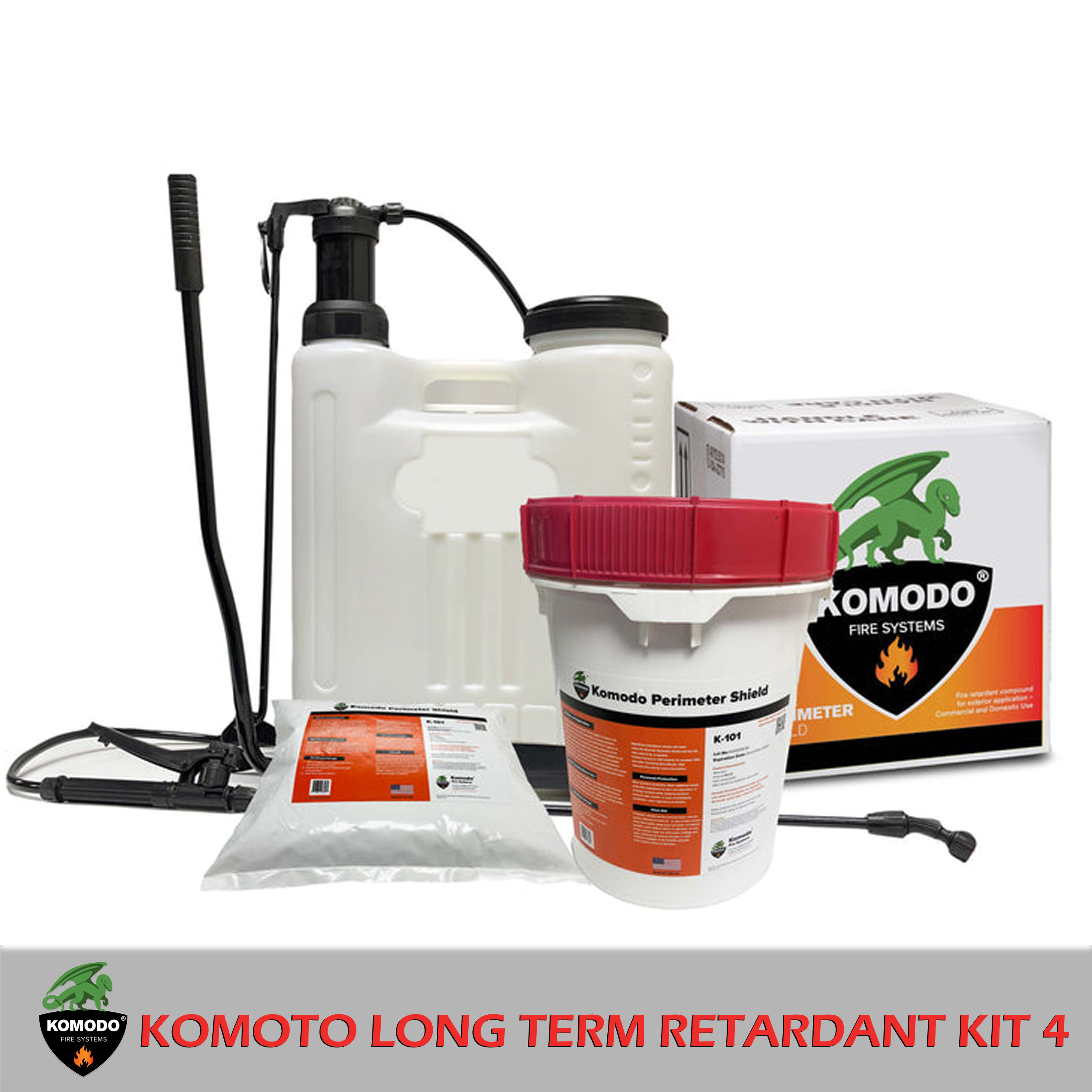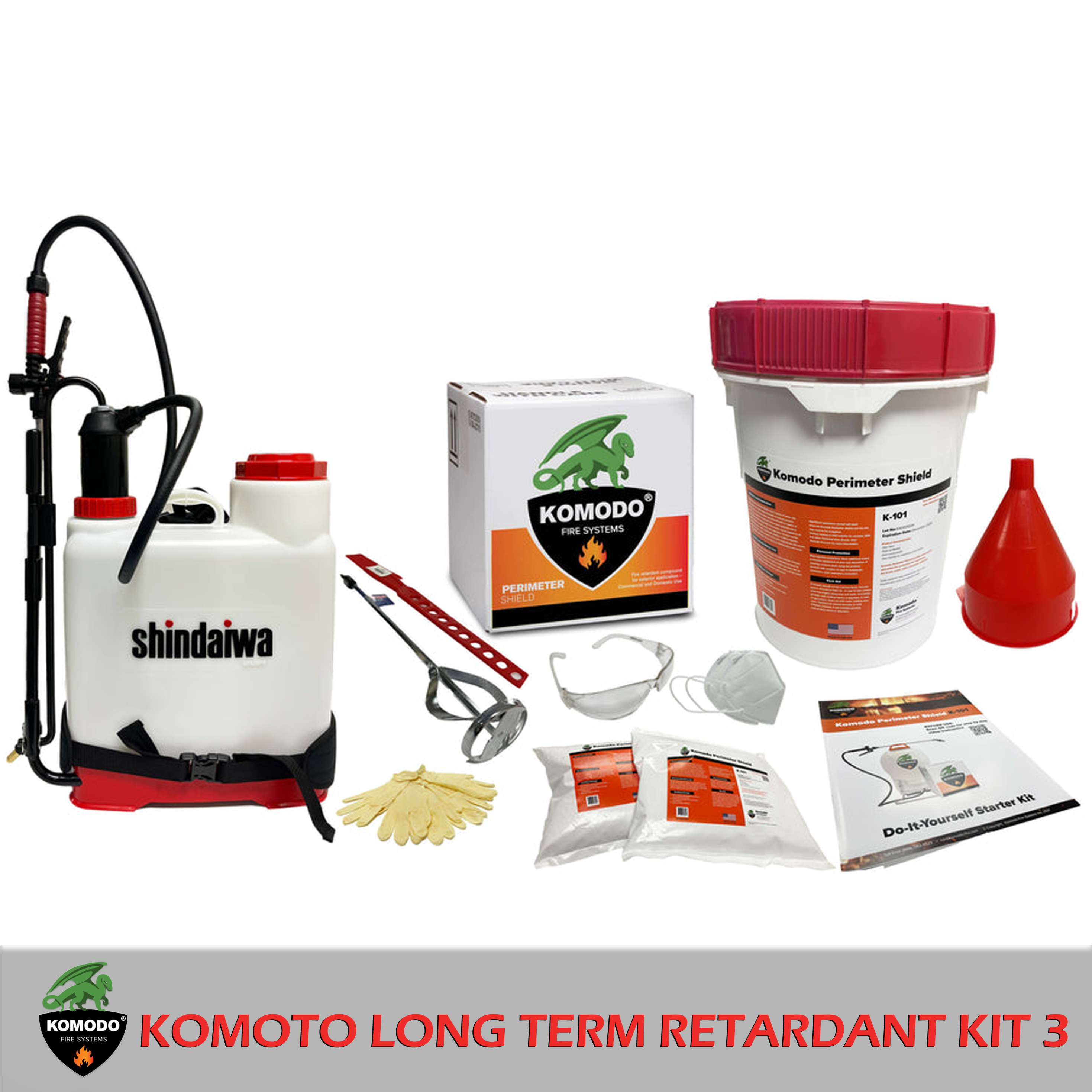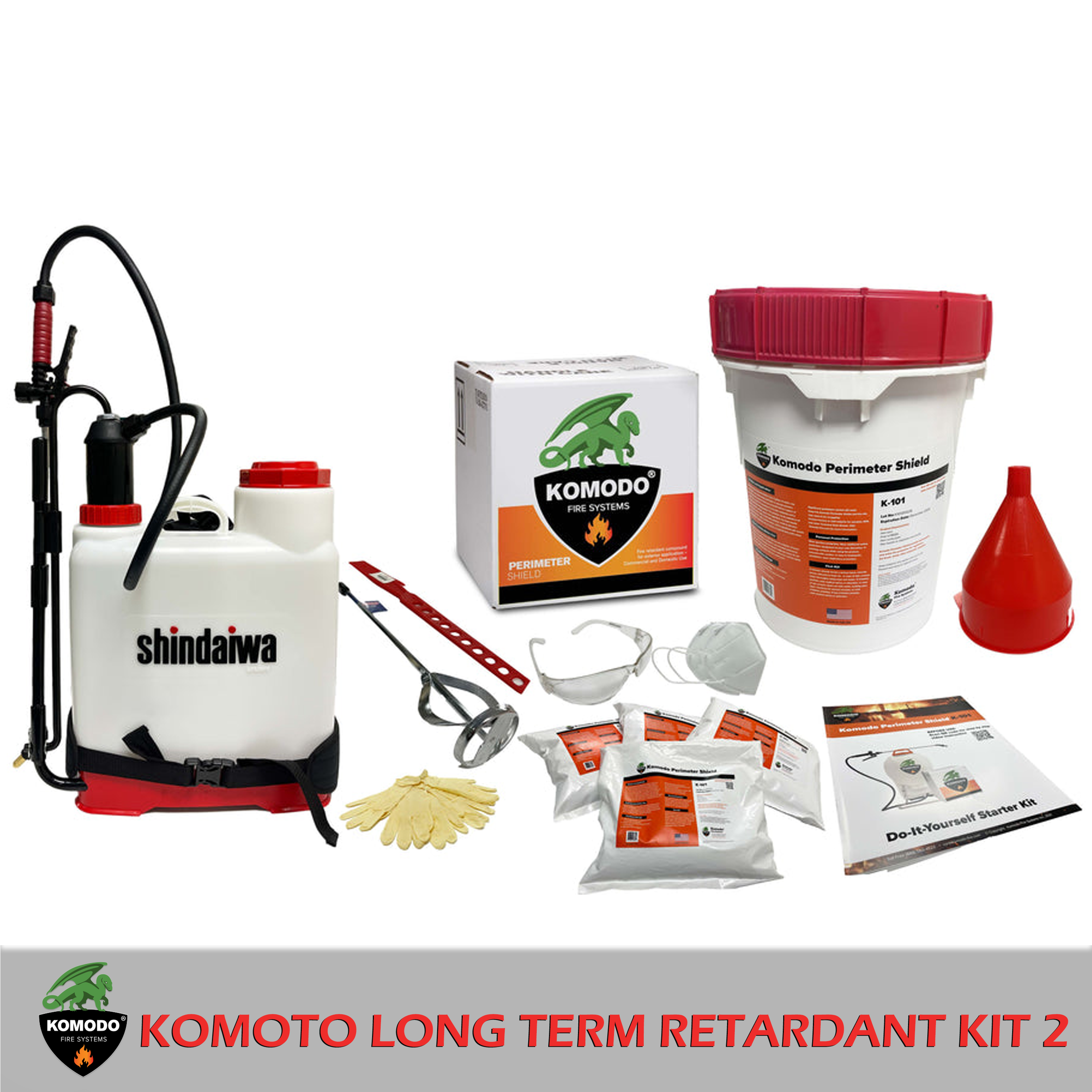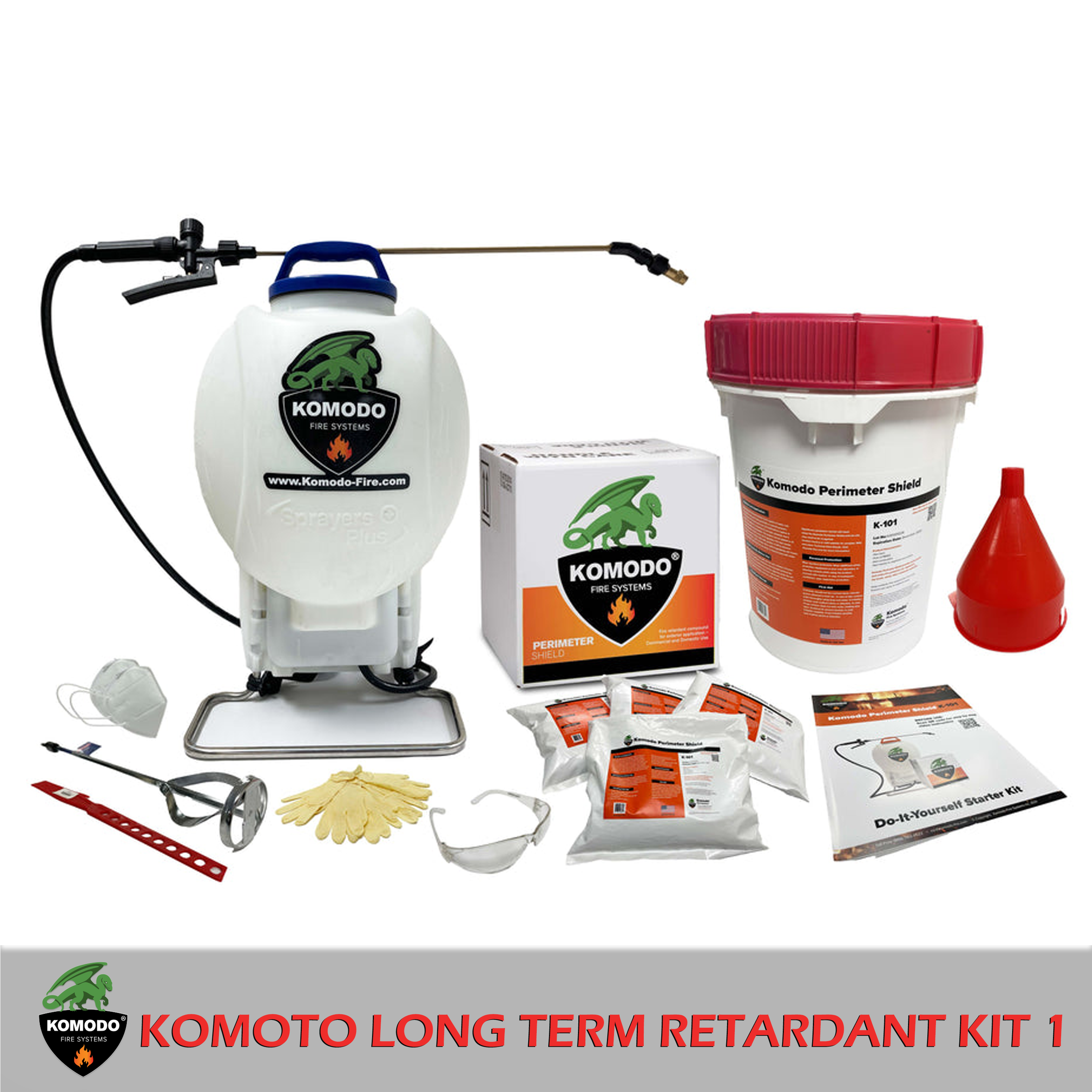Protect your home from wildfire. Replace your Soffits VentsDormer VentsEave VentsFoundation VentsGable Ventswith Brandguard Vents .
Under Flashing Vents
Under Flashing Vents
Brandguard Vents makes continuous vents for balconies, eaves and soffits, or ridge vent applications. All common flange styles are available for use in stucco & milcor, wood construction, and retrofits. Our perforated face finishes beautifully in any application.
Foundation Vents
Foundation Vents
Foundation vents sit at the base of the home just above the ground, providing critical ventilation leading to moisture evaporation in the crawlspace, cellar, or basement. Dangerous embers that travel before a fire can get blown against the home and enter through the vents, potentially causing the home to burn from the inside out.
Dormer Vents
Dormer Vents
Dormer roof vents allow heat to escape from the vent itself and are important to properly cool attic space. However, because dormer vents are raised, they are a common entry point for dangerous embers. By equipping dormer vents with Vulcan Vents, the home has better protection from floating embers that fly before a fire.
Under Eave Vents
Under Eave Vents
Eave vents are meant to provide airflow into the attic space underneath the roof. To effectively cool the attic, outside air must provide proper circulation. In the evening, when excess heat is stored up inside the attic’s insulation, it’s critical to quickly release that heat for the night to consequently save on cooling and venting costs.
Gable Vents
Gable Vents
Gable vents are the vents on the exterior walls of a home’s attic to allow for proper airflow. In the summer, the home may be cooled with air conditioning but heat rises, getting caught under the roof. The same can be said of the winter, however, extreme temperature shifts are even harder on an attic’s open space. Gable vents provide necessary ventilation to deter condensation which can lead to mold and mildew.
Soffit Vents
Soffit Vents
Soffit vents are the vents on the underside of the roof’s eaves (soffits). Soffit vents can also be placed under arches, balconies or decking, beams, cornices, or vaults on top of a home. These vents allow fresh air to circulate through the attic space, providing proper ventilation so that condensation doesn’t lead to mold and mildew.
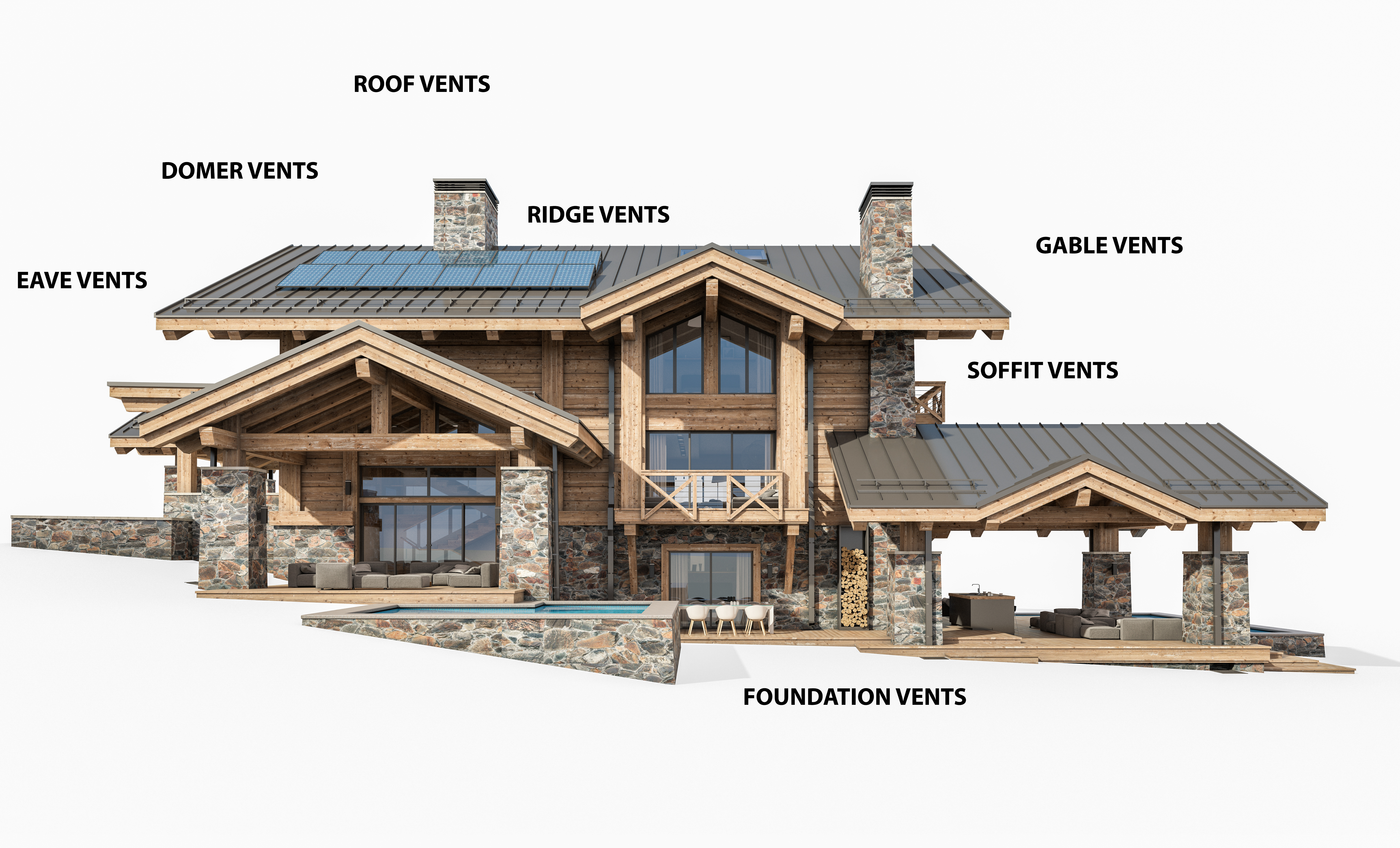
Brandguard Vents are used and trusted by construction companies nationwide for good reason.
Brandguard Vents are used and trusted by construction companies nationwide for good reason.

